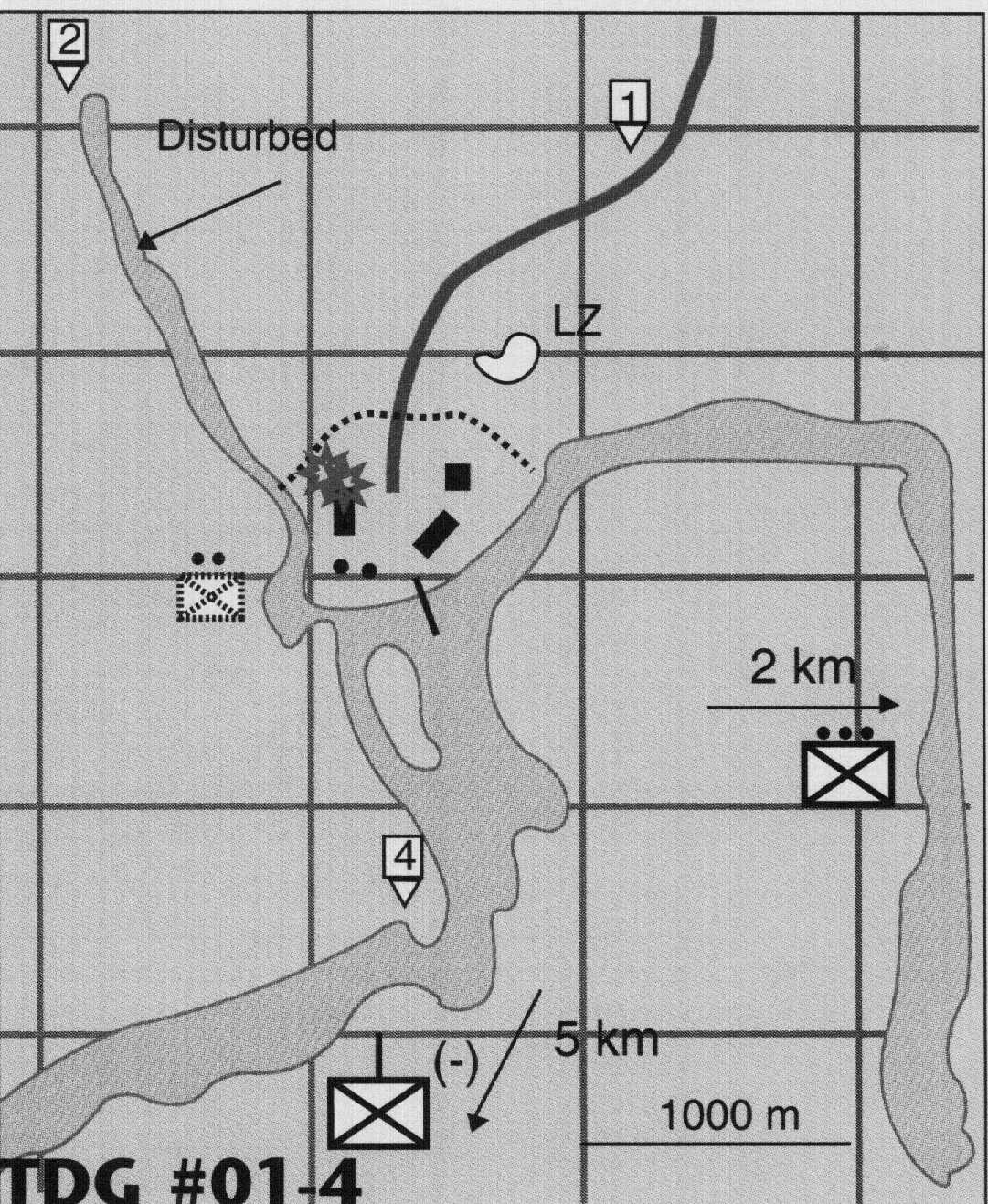Inside the Wire
Posted on May 17,2019Article Date Apr 01, 2001
By Capt Terry L. Branstetter
General
A special purpose Marine airground task force (SPMAGTF) has been deployed to the coastal region of Southlandia to take an active role in America’s war on drugs. The coastal plain of Southlandia is tropical with thick vegetation. Rivers are the major means of transportation and communication. On these rivers, narcotics traffickers transport their products from inland camps, where the drugs are manufactured, to the coast where they are exported by sea and air.
The narcotics traffickers in Southlandia have been growing more and more technical in their means of producing and exporting. Manufacturing locations are small, widely dispersed camps that move frequently and apparently randomly. While some drugs are driven and some flown from the inland, most are transported via river to the coastal area where ocean and air transportation is more available. There are even rumors that submarines may be incorporated to ship drugs.
The SPMAGTF is based at a small airbase near the third largest village in the province. The command element is augmented with several provincial police, a liaison officer from the U.S. Coast Guard, and a detachment from the U.S. Drug Enforcement Agency. The SPMAGTF is part of a Marine Corps led joint task force located in Southlandia’s capital. The MAGTF is composed of an aviation combat element built around four CH-53Es. The ground combat element (GCE) consists of a lightly equipped infantry battalion and a detachment from the division’s small craft company. Companies conduct operations along the Pacora and Chepo Rivers. The combat service support element (CSSE) provides general support to the MAGTF and provides direct support to the GCE in the form of one forward logistics base supporting riverine operations along the Chepo.
Situation
 You are an engineer lieutenant assigned as the officer in charge for a CSS detachment organized and equipped to support riverine operations along the Chepo River in Southlandia. You operate a base camp supporting an infantry company and several small craft that are conducting counterdrug operations along the Chepo. Because the infantry company commanders want to remain focused on operations along the river, you are responsible for the local security of the base camp. Infantry squads participate in security patrols to assist your 38 logisticians. The only enemy encountered to date has been during interdiction actions on or along the river.
You are an engineer lieutenant assigned as the officer in charge for a CSS detachment organized and equipped to support riverine operations along the Chepo River in Southlandia. You operate a base camp supporting an infantry company and several small craft that are conducting counterdrug operations along the Chepo. Because the infantry company commanders want to remain focused on operations along the river, you are responsible for the local security of the base camp. Infantry squads participate in security patrols to assist your 38 logisticians. The only enemy encountered to date has been during interdiction actions on or along the river.
Currently, the bulk of the infantry company is either conducting operations on the east side of the Chepo or operating with small craft on the river to the south. Most of one infantry platoon, having just returned from some extensive patrolling, is at the base camp. That platoon’s third squad is out conducting a local security patrol-route CPs (checkpoints) 5, 1, 2, 4, and 3. When they last reported between CP2 and CP4, they mentioned strange activity at a point along the stream to the northwest.
As you walk back from checking on the maintenance of some outboard engines, you hear an explosion and gunfire at the edge of the compound. You run to the operations tent just as the first members of your reaction squad run up. One of them says that a grenade hit one of the grunt’s buildings and caused many injuries.
Assessing the situation, you see the infantrymen hurrying about to resist the attack. What do you do?
Requirement
In a time limit of 2 minutes, issue your orders to your element leaders. Provide a brief rationale for your actions and a sketch of your plan. Submit your solution to Marine Corps Gazette, TDG #01-4, P.O. Box 1775, Quantico, VA 22134 or fax 703-630-9147.
For more detailed information on the structure of Marine Corps units, Marine Corps equipment and symbols used in TDG sketches, see MCG, Oct94, pp. 53-56 and the modification reported in Jan95, p. 5.




